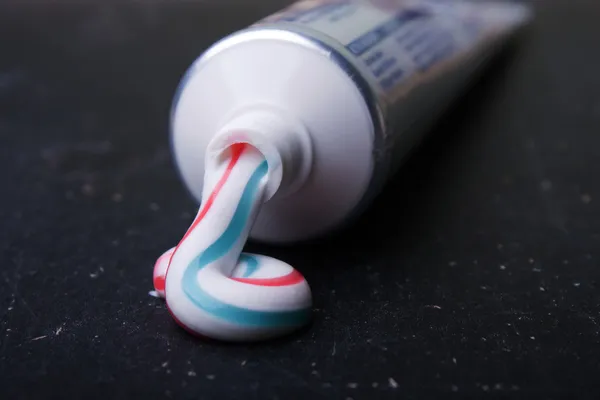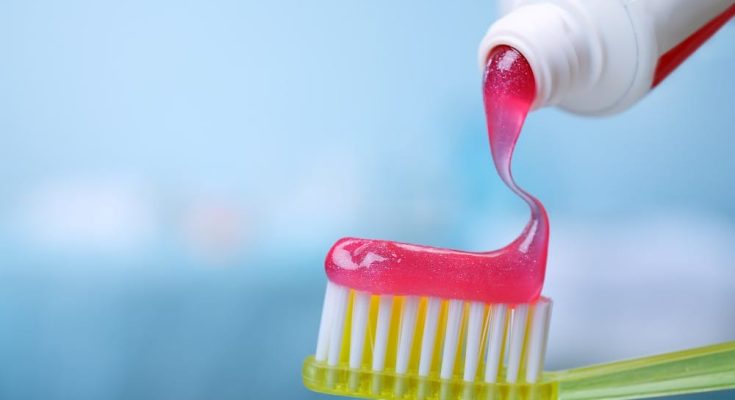In the 1890s, fluoride first appeared in toothpaste in Germany. In the 1950s, it became popular in the US. Fluoride-free toothpastes have recently become more accessible in Springfield. There are lots of options available if you are looking for toothpaste without fluoride, so how do you make a choice? To learn more, contact a family dentist in Springfield.
How to choose the best non-fluoride toothpaste
If you are choosing a toothpaste, select one with a remineralizing agent. Remineralization is just like refilling your body after an intense activity to regain minerals. In the same way that you have to replenish water and electrolytes lost during physical activity, you also need to replenish calcium and phosphorus that are lost from your teeth due to acids generated by bacteria that break down food and drink particles that become stuck in your mouth.
Your enamel stays solid when those minerals are replaced. The body’s hardest material is called enamel, which resembles rocks more than shells because it is composed of 96% minerals and 4% water. Fun fact: dental enamel is actually stronger than steel.
This is due to the fact that the main element in your enamel is hydroxyapatite, a highly potent type of crystalline calcium phosphate. Although your enamel is strong, but it still has kryptonite, acids generated by bacteria.
Any food particles that remain in your mouth are swallowed up by your saliva, which then breaks them into smaller sugars and carbs. Because you are alive, there are a lot of bacteria in the mouth that consume sugars and carbohydrates and produce acid as a result. These acids break down the calcium and phosphorus deposits on the tooth enamel because, well, they are acidic.
As long as there is a remineralizing ingredient, fluoridated toothpaste remains effective

Thankfully, there are several toothpaste options available nowadays that you can use every day, ideally twice a day. The drawback of having too many choices is that it can be hard to pick.
The majority of dentists recommend picking the correct toothpaste. They advise choosing a flavor and texture that you like the most because it will make brushing your teeth simpler. Above all, make sure at least one of these remineralizing chemicals is present in your toothpaste:
- Nano-hydroxyapatite
- Recaldent
Hydroxyapatite, one of the best toothpaste
One naturally occurring type of the mineral calcium apatite, or calcium phosphate, is called hydroxyapatite. And it is the same material that goes into creating enamel. Restoring the calcium and phosphorus that are being lost to tooth acid erosion is an excellent use for toothpaste that contains nano-hydroxyapatite.
Recaldent explained
Recaldent is a protein found in milk that breaks down calcium and phosphate so enamel can absorb them. This is usually the suggested plan of action for patients with extremely dry mouths. Unlike other toothpastes, Recaldent soothes and does not cause dry mouths.
But be careful—recaldent is created from milk, so if you have a dairy allergy, it may trigger an allergic reaction. We advise seeing your doctor before choosing this option if you have a dairy allergy of any type.
Fluoride and its connection to dental fluorosis
Your teeth may have thin white lines or paper-white “flakes” as a result of this health issue. You are not the only one with these white patches on your teeth. According to the Centers for Disease Control, fluorosis affects about 41% of teenagers.
The hypomineralization resulting from high fluoride consumption during the growth of your adult teeth, also known as systemic fluoride, is the cause of those white spots. However, fluorosis only affects your body during the “ossification” phases, which are the periods when your teeth and bones are forming.
If you notice white spots on your adult teeth, you should talk to your dentist regarding whether they are an indication of decalcification or dental fluorosis. During your at-home hygiene schedule, there are important steps you can take to preserve the health of your teeth, depending on what created the white spots.



